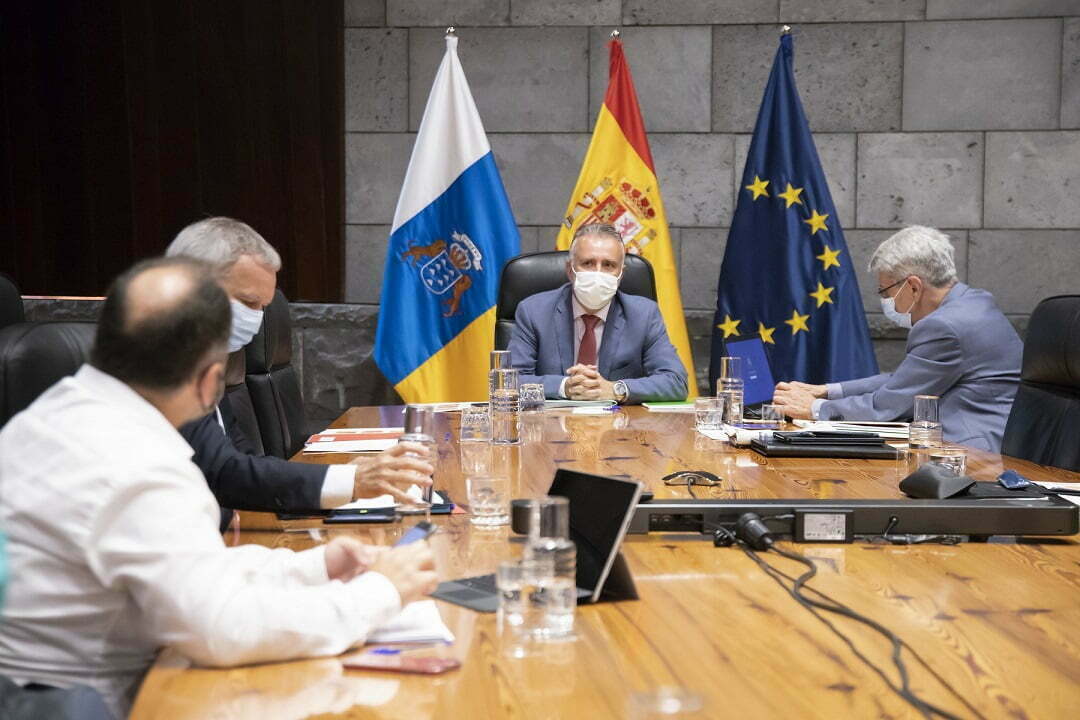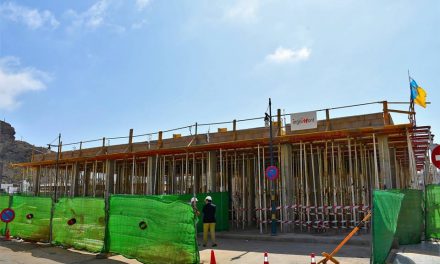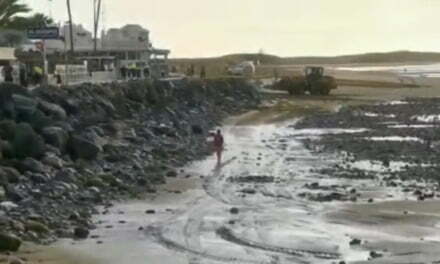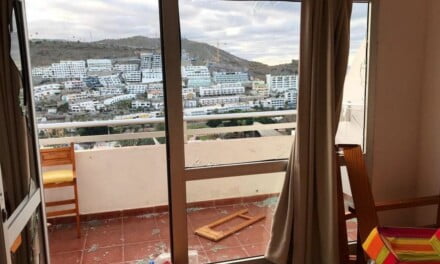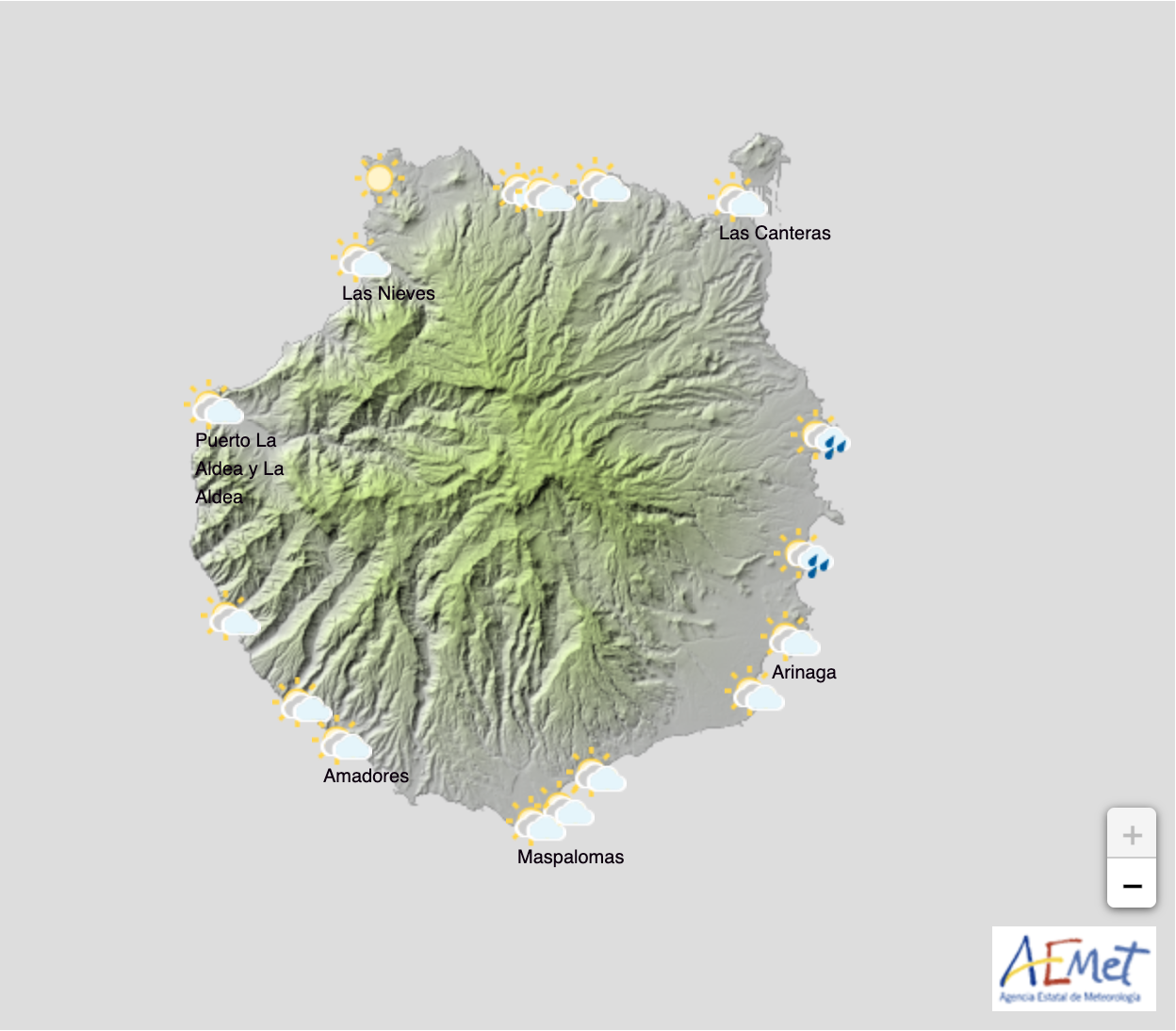The Canary Islands Ministry of Health has agreed this Thursday, April 29, following their weekly analysis of epidemiological indicators, carried out by the Governing Council, to decrease restrictions on the island of Gran Canaria, to Alert Level 2 and bring Fuerteventura down to Alert Level 1 (the lowest risk level during the pandemic). The islands of El Hierro, Lanzarote and La Graciosa all remain on level 2, and La Palma and La Gomera, at level 1. The Governing Council also announced that the Ministry of Health will again review the indicators on Tenerife, next Tuesday May 4, to assess if a change to their alert level there might already be possible, to move down from 3 to 2, as long as the current improving data trend on that island can be maintained.
For the latest Canary Islands data on Covid-19, updated daily, check our Canary Islands dashboard
 Gran Canaria moves to Alert Level 2
Gran Canaria moves to Alert Level 2For Gran Canaria, the assessment included the positive trends on 7-day Accumulated Incidence (AI) indicators and at 14 days, both now showing the island to be at (amber) medium risk, which indicates a certain stabilisation of community transmission, also being reflected in the population aged 65 and over. Additionally, the data suggests a continuing downward trend, with an average of 53.3 cases detected per 100,000 inhabitants.
The report, however, states clearly that this recommendation can only be sustained with the collaboration of all citizens and institutions, in complying with the non-pharmacological measures to avoid reversing the development of this trend and thereby potentially causing rapid or uncontrollable increases in the numbers of cases.
Tenerife to be reviewed again on Tuesday, May 4
 On the island of Tenerife, to date, the indicators continue to require Level 3 restrictions. However, the Governing Council, usually held on a Thursday, has urged the Ministry of Health, through its General Directorate of Health Public, to schedule a further review next Tuesday, May 4, to look at the epidemiological and healthcare levels on that island, given the downward trend of several indicators over recent days. It will then be determined if a change of level for that island can proceed, which would take them down from Level 3 to 2.
On the island of Tenerife, to date, the indicators continue to require Level 3 restrictions. However, the Governing Council, usually held on a Thursday, has urged the Ministry of Health, through its General Directorate of Health Public, to schedule a further review next Tuesday, May 4, to look at the epidemiological and healthcare levels on that island, given the downward trend of several indicators over recent days. It will then be determined if a change of level for that island can proceed, which would take them down from Level 3 to 2.
The announced changes will come into effect, as ever, once the weekly update to the Accumulated Incidence (AI), is published on the website of the Ministry of Health. That decision is based on the report issued by the General Directorate of Public Health of the Canary Health Service (SCS) dated this Thursday. This report, in the case of Tenerife, indicates a daily average of 97 cases detected. The 7-day AI has been decreasing to stand at around 62 cases per 100,000 inhabitants today.
Reducing Risks, Vaccines and an End to The State of Emergency
If Tenerife can reduce their infection rates and sustain that reduction, they will be the last island in this wave of the pandemic to be deemed high risk.
The Spanish government are moving ahead with plans to declare the State of Emergency in Spain to be concluded on May 9. At which point regional governments will start to take full responsibility for covid-19 restrictions and measures to try to keep everyone safe, while the vaccine roll out continues. More than 20% of the Canary Islands population have now received at least one dose of vaccine, and nearly 10% will have had both doses within the next few days. Anyone born before 1947 is now actively encouraged to phone and make an appointment if they have not been called already.
Things are looking a little brighter, and there is cautious hope for a good summer season ahead.
#CGobCan Gran Canaria pasa a nivel 2 y Fuerteventura a nivel 1, y el resto de las islas mantienen el mismo nivel :
?Nivel 1: #LaPalma, #LaGomera y #Fuerteventura
?Nivel 2: #Lanzarote, #LaGraciosa, #GranCanaria y #ElHierro
?Nivel 3: #Tenerife+info: https://t.co/FGnMuoaWM8 pic.twitter.com/w3sX7ESl0y
— Presidencia GobCan (@PresiCan) April 29, 2021

